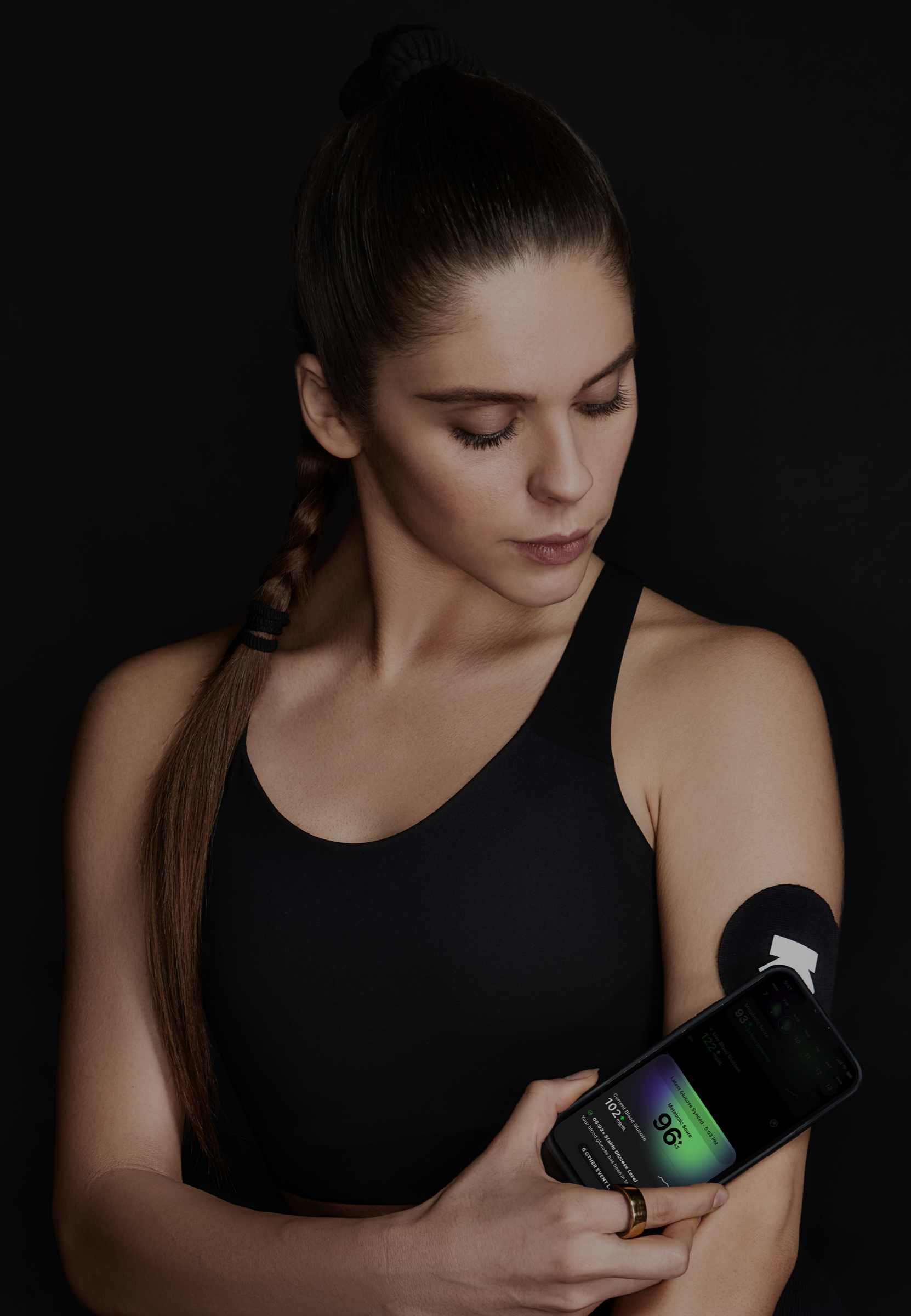
Kadhi (1 Serving (120g)) and Chapati (1 Piece)
Lunch
141 mg/dL
avg. peak value
Usually causes a medium spike
Avg. Food Score on Ultrahuman App
Ultrahuman Users got an UNSTABLE response
How to consume Chapati, Kadhi without glucose spikes
Portion Control
Limit the quantity of chapati and kadhi you consume in one meal to reduce the overall glucose spike.
Pair with Fiber-Rich Vegetables
Add non-starchy vegetables like spinach, broccoli, or bell peppers to your meal. These help slow down digestion and reduce glucose spikes.
Include Protein
Add a source of lean protein, such as grilled chicken, tofu, or lentils, to help stabilize your blood sugar levels.
Opt for Whole Grains
If possible, choose whole wheat or multigrain chapati instead of refined flour versions for better blood sugar management.
Add Healthy Fats
Incorporate healthy fats like avocado slices or a small amount of nuts to your meal, which can help moderate blood sugar increases.
Hydration
Drink water before your meal as it can help moderate hunger and improve digestion.
Eat Slowly
Take your time to eat, chew thoroughly, and savor each bite, which can help with better digestion and absorption.
Monitor Meal Timing
Avoid consuming large meals close to bedtime, and try to space out your meals equally throughout the day.
Physical Activity
Engage in light physical activity, like a walk, after meals to help your body process glucose more effectively.
Mindful Substitution
Occasionally substitute chapati with lower-carb options like cauliflower or zucchini-based alternatives.

Discover
metabolic
health with M1
Ultrahuman M1 helps you measure the impact of food and activity on your body in real time through glucose as a biomarker.
Explore Ultrahuman M1Find Glucose response for your favourite foods
Explore OGDbYour cart is empty
Browse through our products and find something for you.
